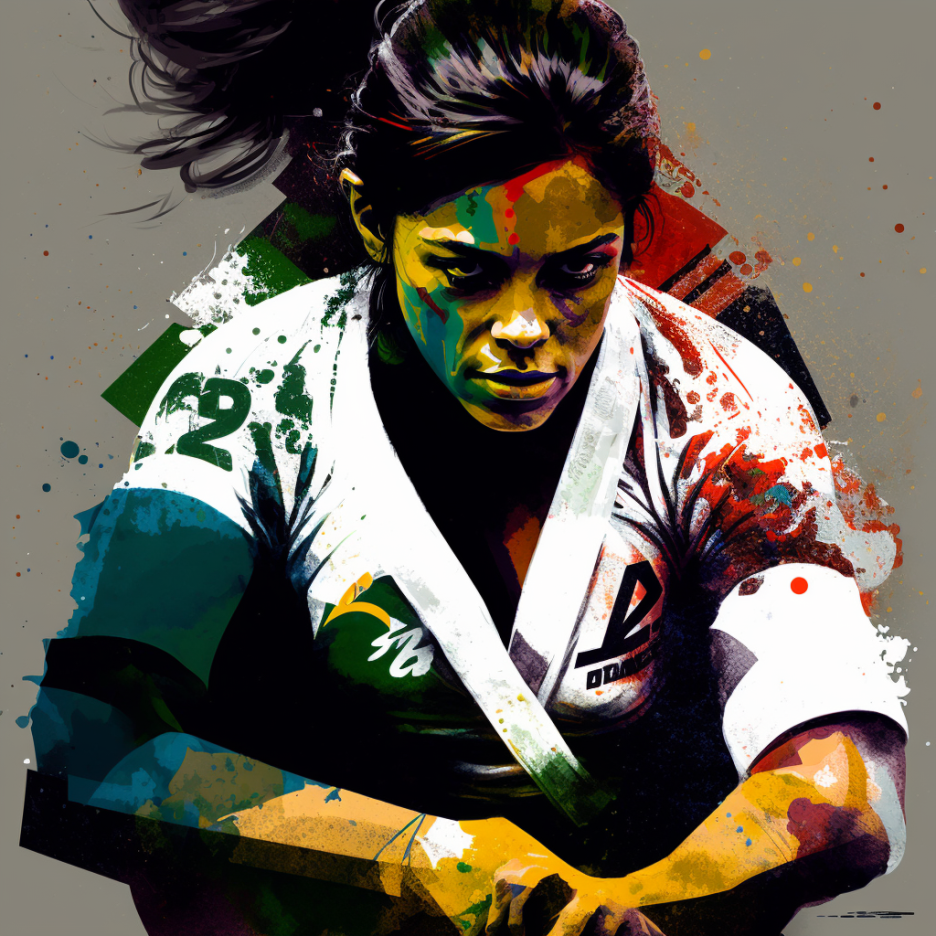What is Brazilian Jiu-Jitsu

Before anything else: what does Brazilian Jiu-Jitsu mean for you?
Gone are the days in which people started practicing martial arts just for self-defense or to step into a gladiatorial cage to fight in front of a public. Nowadays BJJ is about personal growth, movement exploration, curiosity towards a different kind of learning and, maybe above all, problem solving. Asked why he likes BJJ, Mikey Musumeci, multiple times World Champion, said: “I like Math”.
A big part of BJJ, also known as “Human Chess”, is to figure out solutions to the problems that your training partner poses with his or her attacks, puzzles expressed in cycles of defense and offence.
If you think you like chess, wait until you try BJJ!
Is BJJ for you?
It’s always a good idea to start BJJ. It is a combat sport that can be nonetheless practiced at all ages in a way that is gentle for the body. There are various degrees of intensity, and I can easily tailor the training to your age and conditioning. My students reach out to me to improve focus and fitness, since Jiu-Jitsu is a great way to not only get in shape, but also to create positive habits. Because it generates so much commitment and desire to improve, it leads naturally into a healthier lifestyle.
What is Brazilian Jiu–Jitsu?
BJJ is a combat sport that, without involving any striking, focuses on bringing your partner to the floor in a way that you can reduce and control his or her movement.
What is the end goal?
The end goal of BJJ is always what we call a “submission”: through the application of a joint lock or a strangle you will be able to force your opponent to “tap out”, to effectively give up with causing any damage.
Where does it come from?
BJJ comes originally from a group of Japanese immigrants in Brazil that, in the beginning of the XX century, taught the art to the Gracie, a Brazilian family from Rio de Janeiro. The Gracie family went on to elaborate and export BJJ in the US., where it became famous thanks to its crucial role in the development of modern Mixed Martial Arts, a combat style that involves anything from striking to wrestling to fighting on the ground.
Kimono o or not Kimono? That is the question…
If you start researching about BJJ, you might have come across the fact that there are two styles: with a Kimono (Gi), a piece of clothing that looks a lot like the one used in Judo, or without the Gi (Nogi), and so is practiced just in shorts and a T-shirt.
The reality is that, for a beginner, it doesn’t make much of a difference. Concepts and principles remain the same and the majority of the techniques are very similar.
Between Judo and BJJ, I personally trained with the Kimono for more than 15 years, while for the past 3 years I have been focusing exclusively on Nogi. Laundry became much easier.
